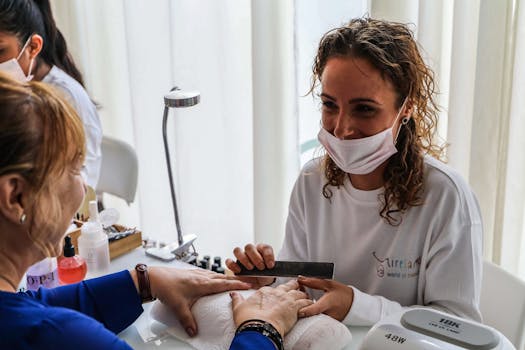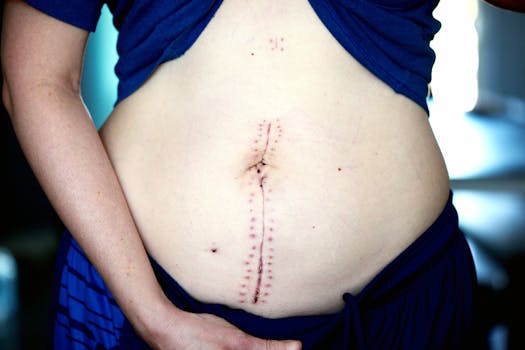If you’ve found clumps in the shower or notice your part looks wider, you’re probably asking, why is my hair thinning — and what can be done about it? Hair thinning is common and can stem from genetics, hormones, medical conditions, nutrition, stress, or even procedures and lifestyle changes. The aim here is to help you understand typical causes, realistic options for regrowth, and when to seek medical advice.
Why your hair may be thinning: common causes
Thinning hair can have multiple, sometimes overlapping, causes. Recognizing the most likely drivers helps determine whether regrow hair efforts or medical treatment are appropriate.
- Genetics: Androgenetic alopecia (pattern hair loss) is the most common reason for gradual thinning in men and women.
- Hormonal changes: Pregnancy, childbirth, menopause, and thyroid disorders can trigger diffuse shedding.
- Medical conditions and medications: Autoimmune alopecia, iron deficiency, and some prescription drugs can lead to hair fall.
- Physical or emotional stress: Telogen effluvium causes sudden, widespread shedding after illness, weight loss, or major life events.
- Hair care and styling: Tight hairstyles, frequent bleaching, and heat damage can break shafts and reduce visible density.
Treatment options and realistic expectations
One central question many people ask is, can hair be regrown? Short answer: in many cases, yes, especially when the cause is temporary or treatable. For genetic pattern loss, treatments often slow progression and thicken existing hairs rather than fully restore a previous hairline.
Common, evidence-based approaches include topical minoxidil, oral medications where appropriate, low-level laser therapy, platelet-rich plasma (PRP) injections for certain candidates, and surgical hair restoration. Nonmedical measures—improving nutrition, reducing damaging styling practices, and managing stress—also support hair health and can aid in hair fall reversal.
When lifestyle changes help
If hair loss follows a period of stress, sickness, or a crash diet, it may be reversible within months once the trigger is addressed. Targeted nutrition (adequate protein, iron, vitamin D, and B vitamins), gentler styling, and time often help hair return. For questions like how to get hair back or how to grow your hair back, starting with nutrition and scalp-friendly habits is a low-risk, helpful first step.
Medical and procedural choices
For persistent or pattern-related thinning, consult a clinician to explore options. Some people ask, can you regrow hair once follicles are miniaturized? Treatments can enlarge miniaturized hairs, improving appearance, but results vary. Hair restoration treatment such as transplant surgery is an option when donor hair is sufficient; regrow hair on crown female populations may have different candidacy criteria than men.
Note: surgical procedures or major operations can indirectly affect hair; if you’ve recently had facial surgery, recovery and stress can influence shedding. For example, if you are reading about surgical recovery timelines, this page on rhinoplasty recovery timeline and what to expect after nose surgery explains a specific procedure’s healing process and may be useful when considering how surgical stress can intersect with hair health.
Practical thinning hair remedies and prevention
Here are straightforward steps people commonly take to support thicker-looking hair and reduce ongoing loss:
- See a clinician for blood tests if hair fall is sudden or patchy (thyroid, iron, vitamin D).
- Use topical treatments as recommended and be patient—many require months for visible improvement.
- Minimize chemical and heat damage; switch to looser styles.
- Improve diet and correct deficiencies with professional guidance.
- Manage stress with sleep, exercise, and relaxation practices to reduce telogen effluvium risk.
Evidence and reliable reading
For an overview of causes, diagnosis, and general advice on hair loss, reputable health resources are helpful. The MedlinePlus summary on hair loss reviews common causes and when to seek care and can be a useful starting point for further reading: MedlinePlus: Hair loss (alopecia) — causes and treatment.
Quick checklist
- Was the thinning sudden or gradual? Sudden points to telogen effluvium; gradual suggests pattern loss or chronic issues.
- Is it diffuse or localized? Patchy loss suggests alopecia areata or scarring conditions.
- Any recent meds, surgeries, or major stressors? These are common reversible triggers.
- Have you had bloodwork to rule out thyroid or iron deficiency?
FAQ
Q: Is it possible to regrow hair if my hairline has thinned?
A: It depends on the cause. If follicles are dormant but not destroyed, treatments can often regrow or thicken hairs. If follicles are scarred or permanently lost, surgical options like transplantation may be the solution.
Q: How long before I see improvement with treatment?
A: Most therapies require 3–6 months to show measurable change and up to a year for full effect. Patience is important, and combining medical treatment with lifestyle fixes often yields the best results.
Q: Are there reliable natural ways to reverse thinning hair?
A: Improvements from diet, stress reduction, and gentler styling can help in many cases and support medical treatments. Claims of rapid, complete reversal with a single natural remedy should be viewed skeptically; look for evidence-based hair regrowth therapy and consult a clinician for personalized advice.






